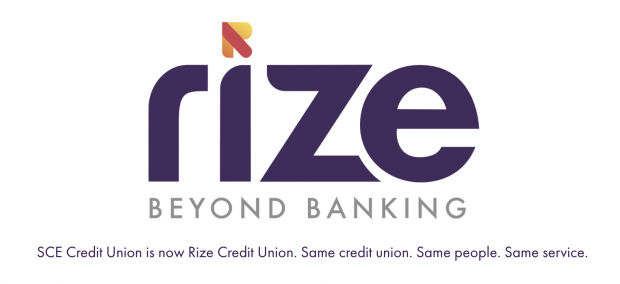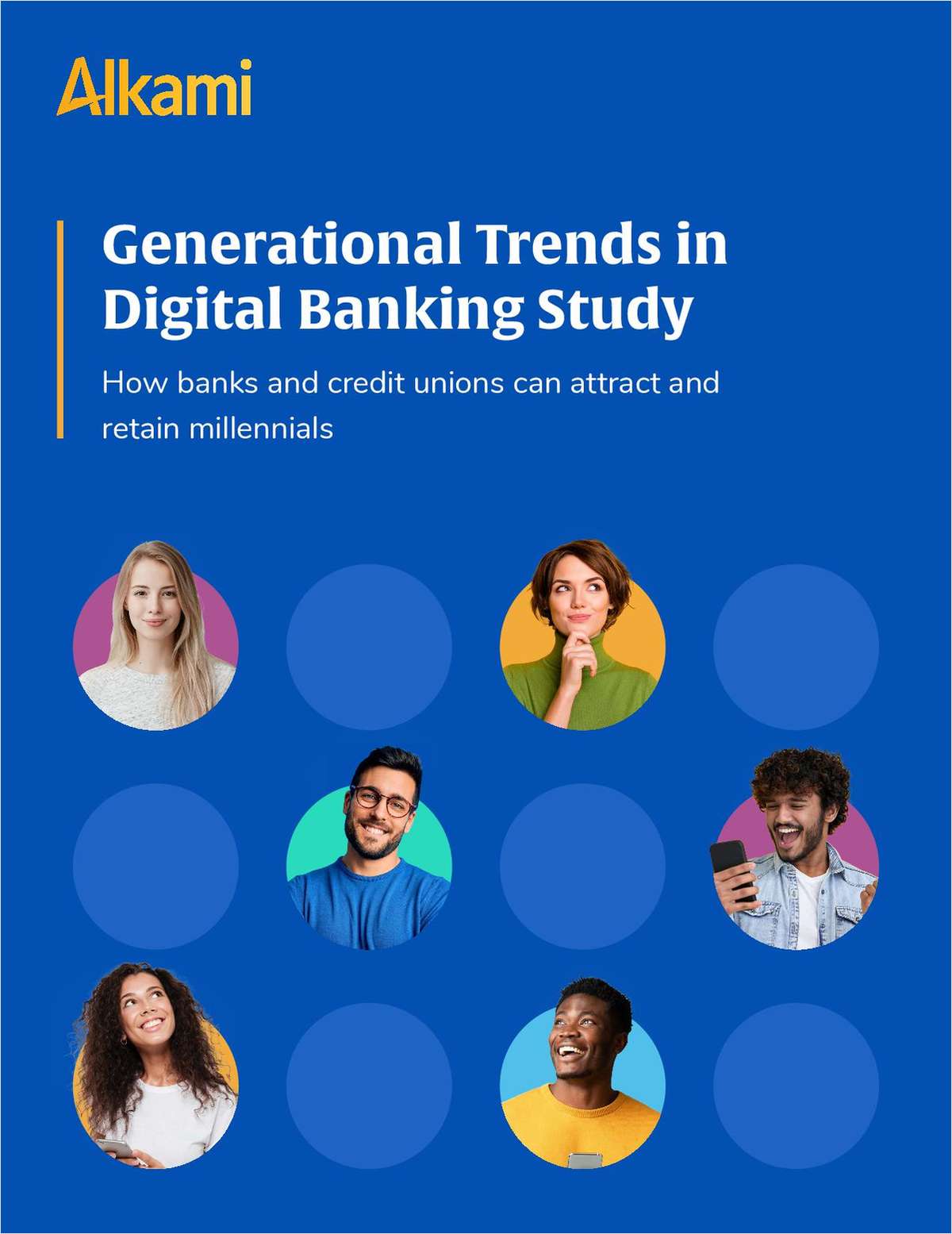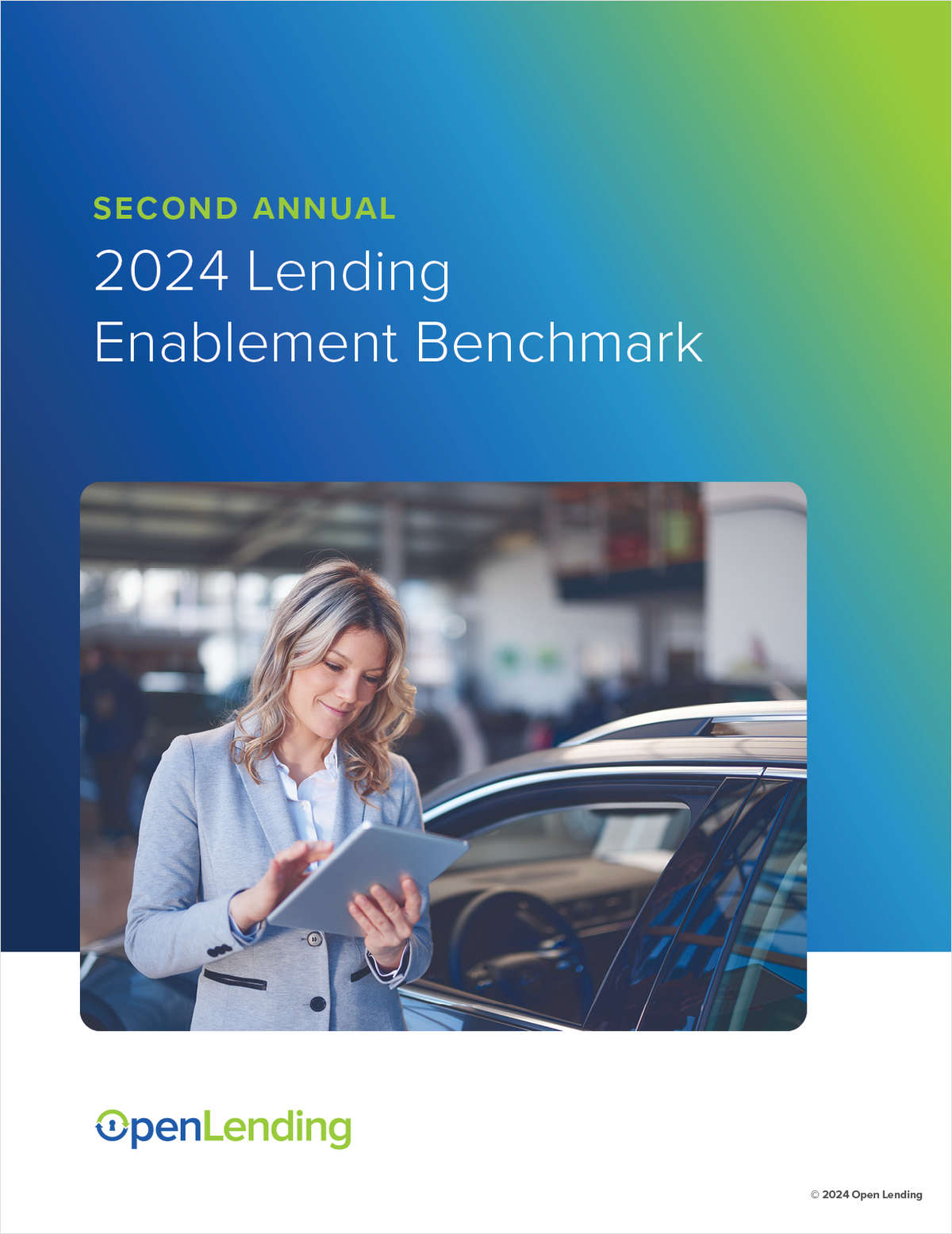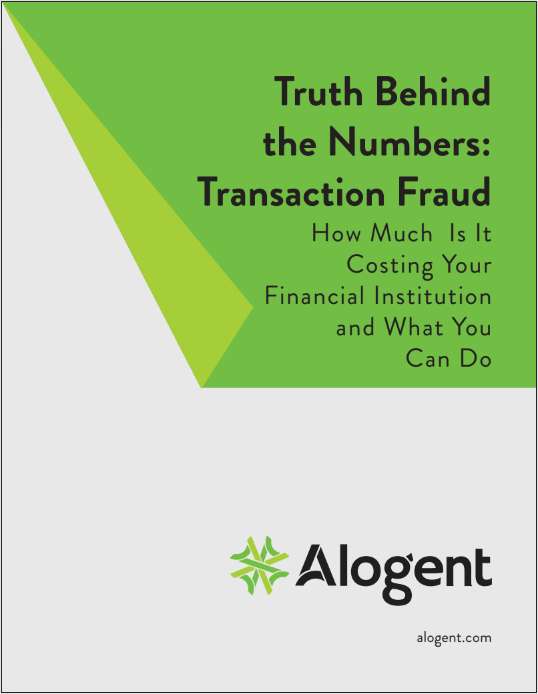A lot is happening in the world of share drafts. Merchants andbanks are converting share drafts into ACH entries to reduce costand speed processing, and legislators are passing a law (the CheckTruncation Act, also known as “Check 21″) that will provide newoptions for the collection of share drafts. The changes takingplace all serve to speed up the collection of checks and sharedrafts, thus reducing float and fraud. For credit unions – thechanges are good, and have the potential to reduce processing costsand fraud losses. Allowing payment systems participants the choiceof converting a check into an ACH entry, or converting a check intoan electronic image (under Check 21), to collect the item brings acertain degree of competition to the world of payment processing.The market will quickly gravitate to the most cost effective meansof collecting checks and share drafts. This competition is healthyand will serve to drive processing and collection costs down. Thecheck-to-ACH conversion process has a head start on Check 21, andmany merchants and banks are already using this option.Unfortunately, these check-to-ACH conversions present technologychallenges to credit unions whose data systems process share draftand ACH files separately. For example, stop pay orders placed onshare drafts that have been converted into ACH entries can slipthrough the cracks. It is expected that vendors will correct theseissues quickly, and the check to ACH conversions will continue toquickly increase in volume over the near term. On the other hand,the check processing industry is feeling the heat from the loss ofvolume. Check 21 will provide laws that allow payment systemparticipants to convert checks and share drafts into electronicimages that can be presented for payment via transmission versusthe physical delivery of the items. The sponsors of Check 21 expectthat financial institutions will adopt electronic image presentmentover the check-to-ACH method. The consensus among operations peopleis consumer checks will go the check-to-ACH route, while businesschecks and commercial deposits will be collected through the Check21 methods. Time will tell. Credit unions and their processors needto be equally adept at processing files under both methods of checkelectronification. The good news for credit unions is that ourindustry is well positioned to implement both check-to-ACH andCheck 21. Corporate credit unions, leagues, and service corps whoare major processors of share drafts have image-based technology inplace today. Our industry history of truncating share drafts hasprepared us well for the future. Credit union processors have longbeen image-enabled, and have the technology in place to adapt to anenvironment of image-based share draft transmissions. The bankingindustry, on the other hand, will have a slow and expensivetransition to the world of image processing. It will take severalyears for the banks to catch up with credit unions on Check 21.Most corporate credit unions also have a robust ACH processingsystem, which allows our members to receive and originate ACHfiles. Credit union ACH processors and our data systems are faradvanced over the Federal Reserve and our banking peers. Thisallows us to provide more flexible solutions to deal with sharedrafts that have been converted to ACH entries. Don't be surprisedwhen forward-thinking processors figure out a way to combine sharedraft and ACH processing for posting and settlement purposes. Andfinally, it seems that Check 21 and check-to-ACH conversionspresent an extraordinary opportunity for the credit union movementto consolidate our payment systems volumes to take advantage ofeconomies of scale. Entrepreneurial organizations, whether they becorporates, service corps, or CUSOs, who can aggregate high volumesfor the presentment and settlement of share draft and ACH fileswill find opportunities that can substantially reduce processingcosts for our industry. Change brings opportunity. Continuing ourtradition of being payment system leaders will ensure credit unionsmake the most of these opportunities.
Complete your profile to continue reading and get FREE access to CUTimes.com, part of your ALM digital membership.
Your access to unlimited CUTimes.com content isn’t changing.
Once you are an ALM digital member, you’ll receive:
- Critical CUTimes.com information including comprehensive product and service provider listings via the Marketplace Directory, CU Careers, resources from industry leaders, webcasts, and breaking news, analysis and more with our informative Newsletters.
- Exclusive discounts on ALM and CU Times events.
- Access to other award-winning ALM websites including Law.com and GlobeSt.com.
Already have an account? Sign In
© 2024 ALM Global, LLC, All Rights Reserved. Request academic re-use from www.copyright.com. All other uses, submit a request to [email protected]. For more information visit Asset & Logo Licensing.









